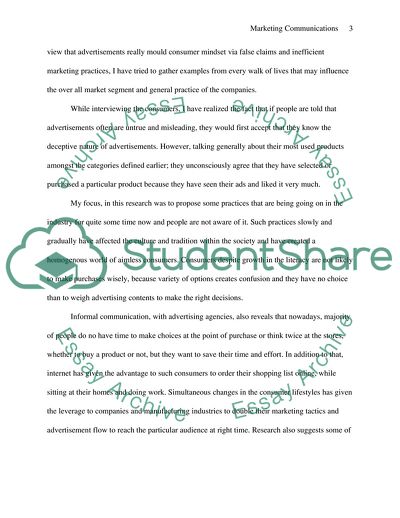Cite this document
(Marketing Communications Report Example | Topics and Well Written Essays - 3250 words, n.d.)
Marketing Communications Report Example | Topics and Well Written Essays - 3250 words. https://studentshare.org/marketing/1728742-marketing-communications
Marketing Communications Report Example | Topics and Well Written Essays - 3250 words. https://studentshare.org/marketing/1728742-marketing-communications
(Marketing Communications Report Example | Topics and Well Written Essays - 3250 Words)
Marketing Communications Report Example | Topics and Well Written Essays - 3250 Words. https://studentshare.org/marketing/1728742-marketing-communications.
Marketing Communications Report Example | Topics and Well Written Essays - 3250 Words. https://studentshare.org/marketing/1728742-marketing-communications.
“Marketing Communications Report Example | Topics and Well Written Essays - 3250 Words”. https://studentshare.org/marketing/1728742-marketing-communications.


